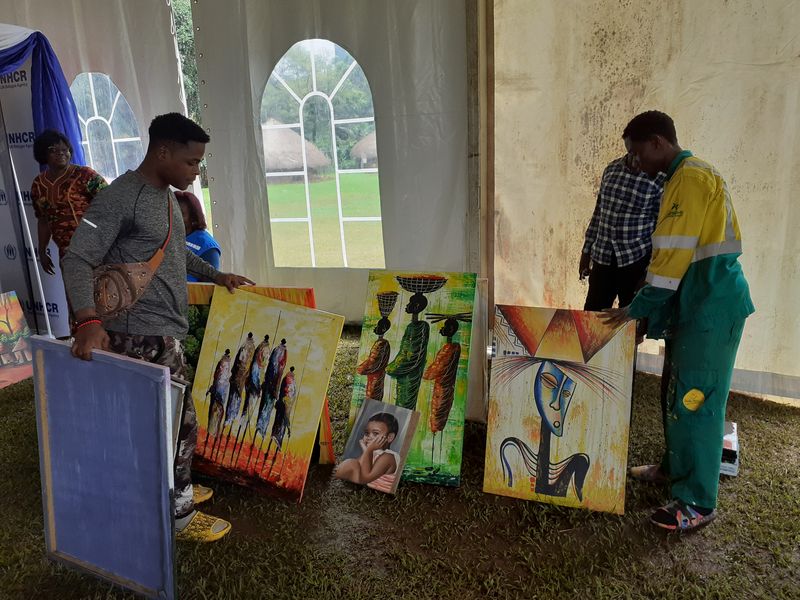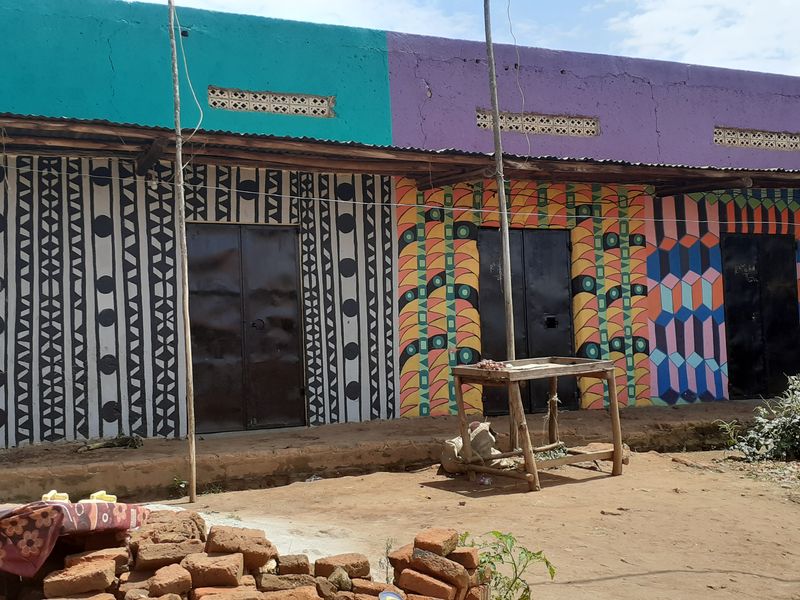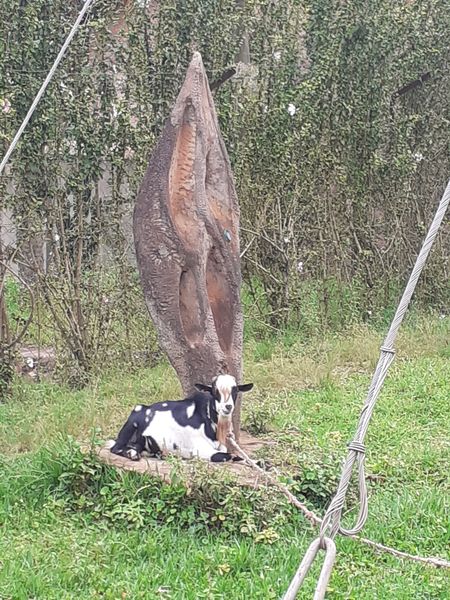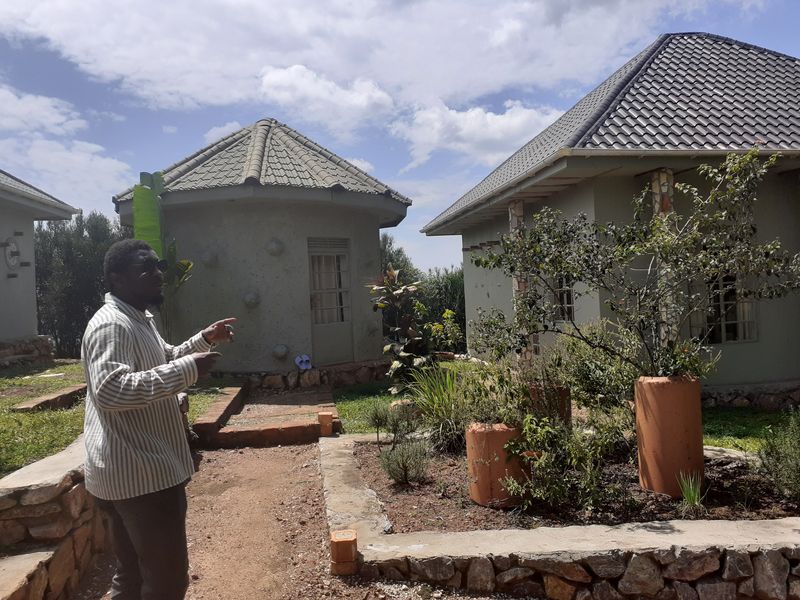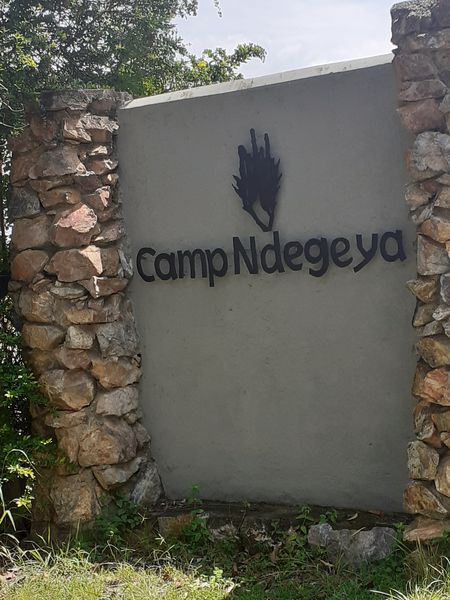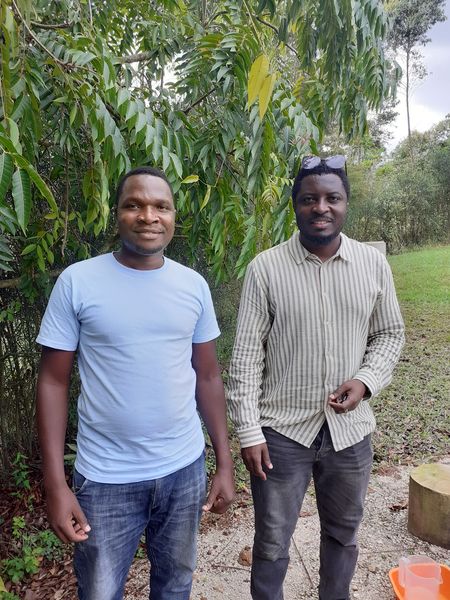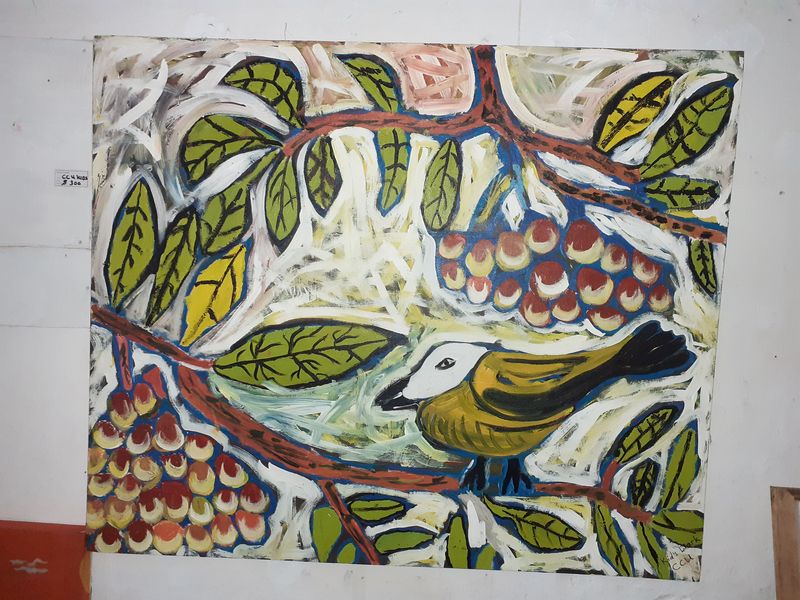NMS Researcher Marlena Chybowska-Butler (MCB) journeyed to the Ugandan town of Masaka to learn more about Contemporary Art made outside Uganda’s capital. Hosted by native son Collin Sekajugo, who in May 2022 visited Szczecin, she met with artists at the Masaka Gallery and the Ndegeya colony located on a village hilltop outside the trading centre. They included collage-makers and painters, whose works are among those lining the walls of the gallery that Sekajugo opened two years ago in a rented space in the town centre to showcase local artistic talents.
Florence Nanteza says her figurative collages combine professional interests in herbal medicine and artmaking. She left her job as a nutritionist in 2020 for a company attached to the large hospital that serves the area, which is located some 130 kilometres south of Kampala. Since then, she has made art full-time, with collectors taking interest in her creations on board and canvas that incorporate acrylic paint and textiles. She also works as an attendant at the gallery, a large, windowed-space where plans are afoot to create a café and room for performance.
MCB met Artist Carson Buka at Ndegeya, a project Sekajugo began eight years ago as a tourist destination in order to bring visitors and promote talent from the town, which is per-capita the greatest producer of prominent artists hailing from Uganda. Buka uses bark cloth, material made from trees that is produced in the area, as a medium, applying it to canvas and painting figure studies. He also paints and runs a gallery in the village of Ndegeya, a name given to the nest-weaving birds that are prominent in and around Masaka.
Sekajugo’s retreat comprises several cabanas, as well as a multi-purpose main building, with performance and catering facilities under construction. The artist offers residencies to sculptors from Uganda and abroad with the caveat that they leave works they make on the grounds as a condition of their stays. A number of pieces, including those by Sekajugo, populate the hilltop compound that overlooks the village and valley comprised of wooded lands and fields under cultivation.
In addition to the Masaka Gallery and Ndegeya retreat, Sekajugo’s community development features art classes for youths in the village, where homes and shops are adorned with colorful murals that incorporate traditional patterns and figurative themes. He also conducts classes at a school for the deaf and operates a second gallery, where school children receive instruction. MCB was able to observe works by students, along with others by up-and-coming local artists that also show in Masaka.

